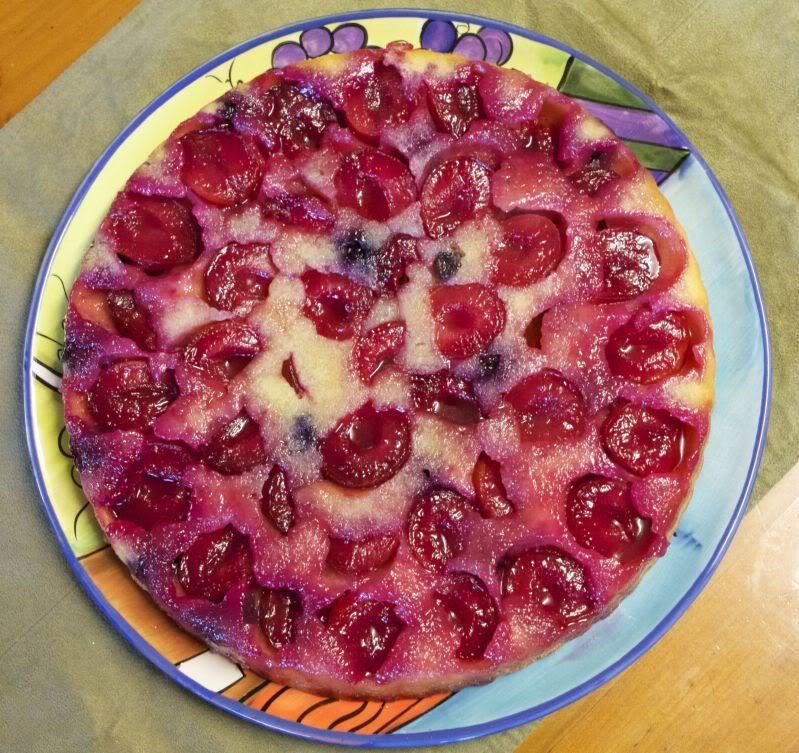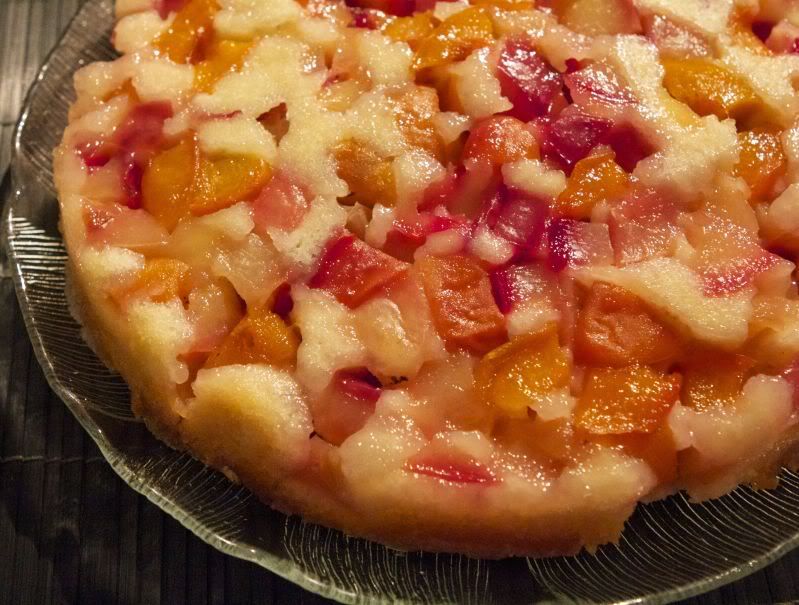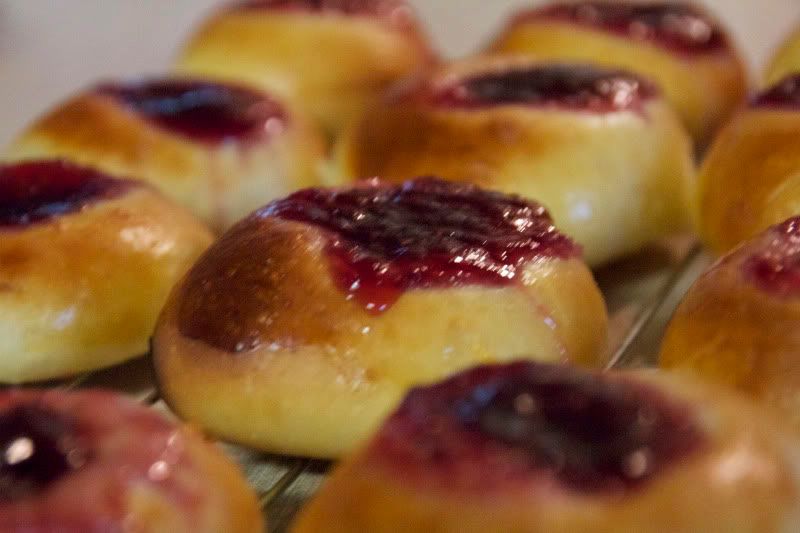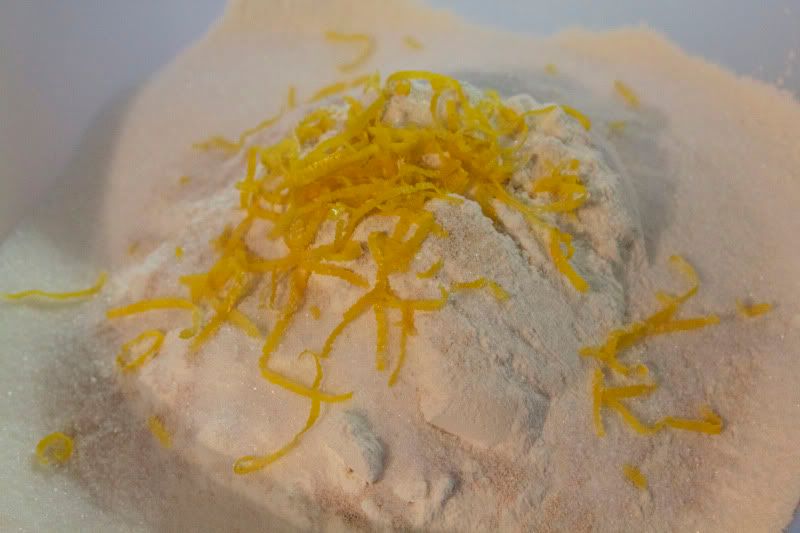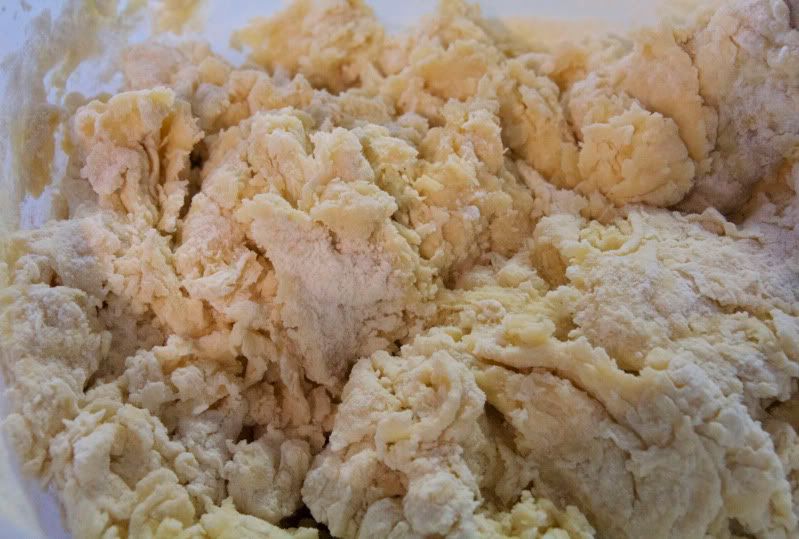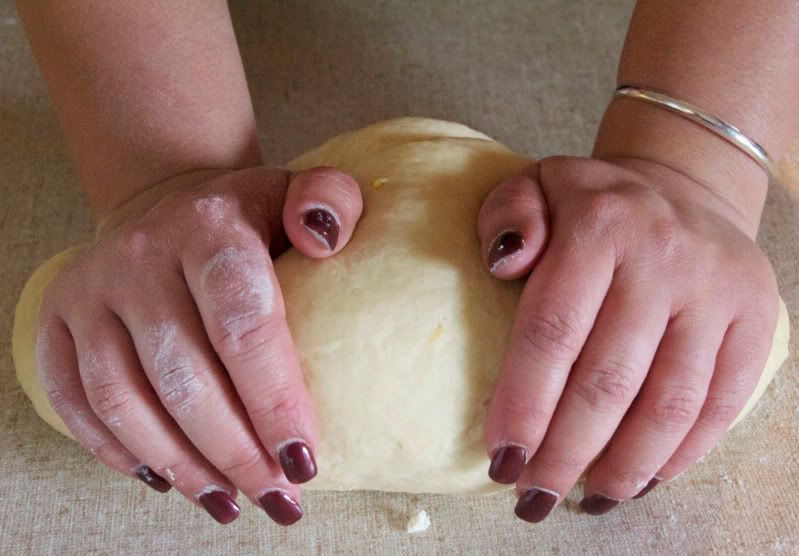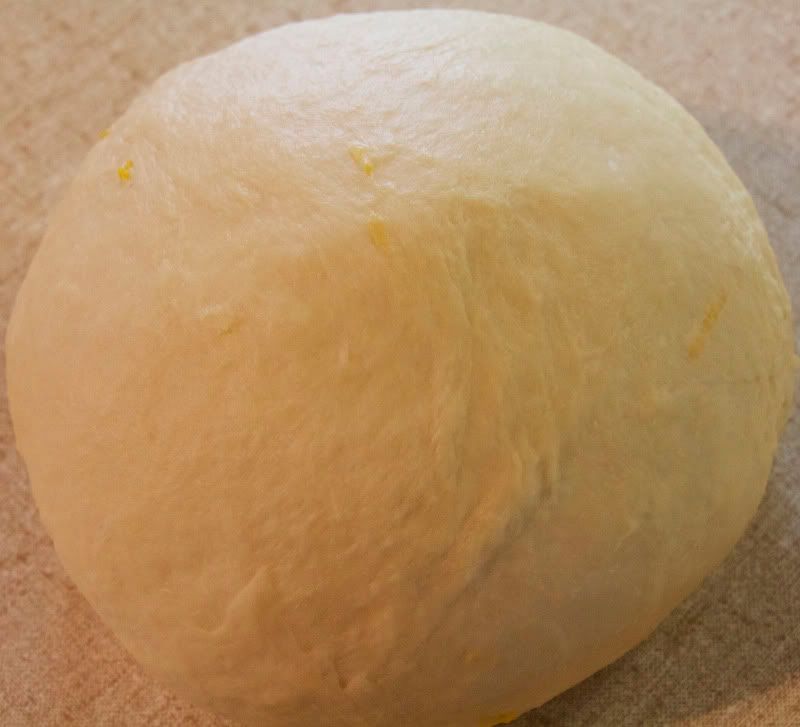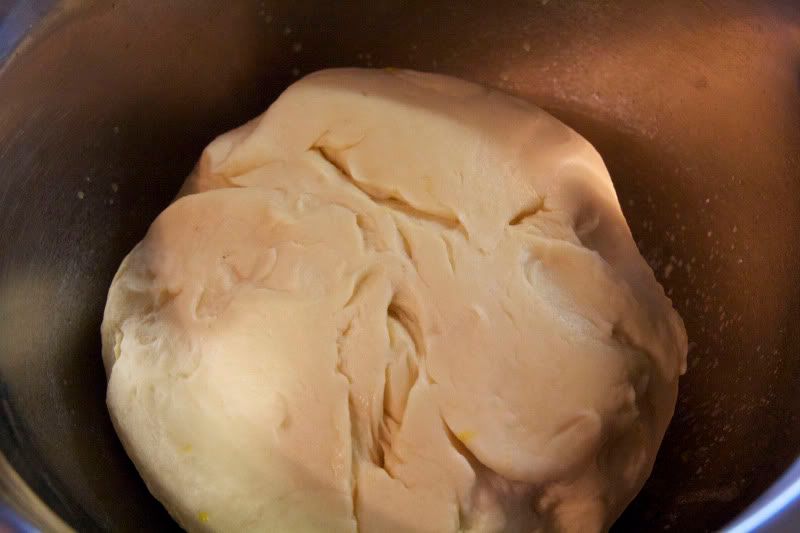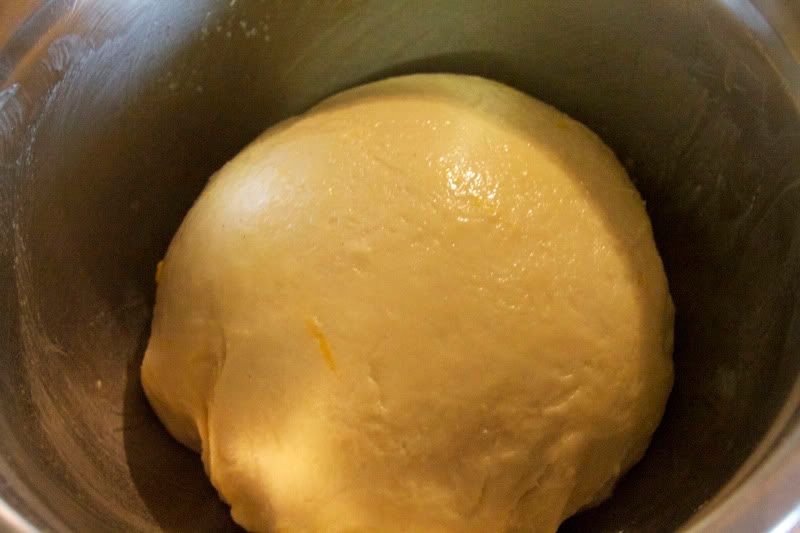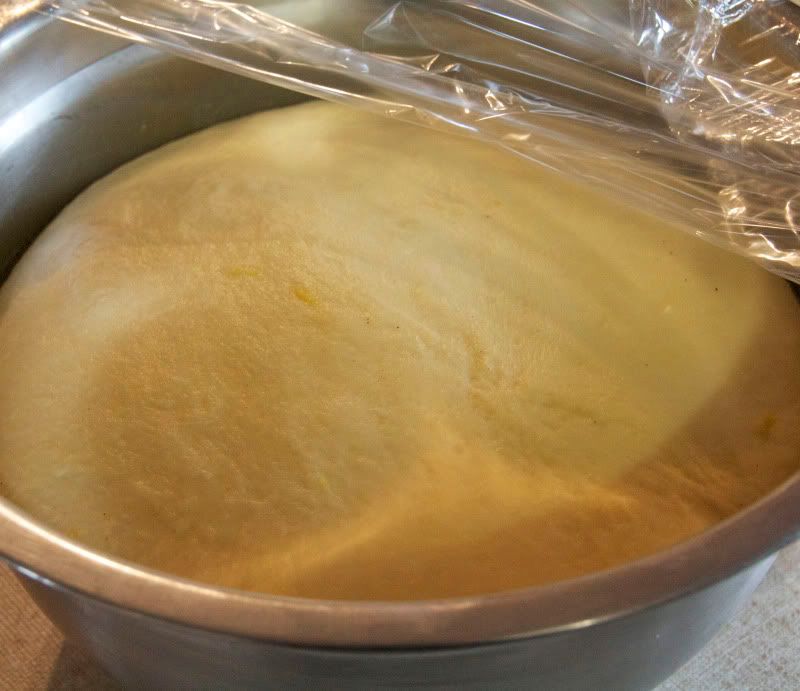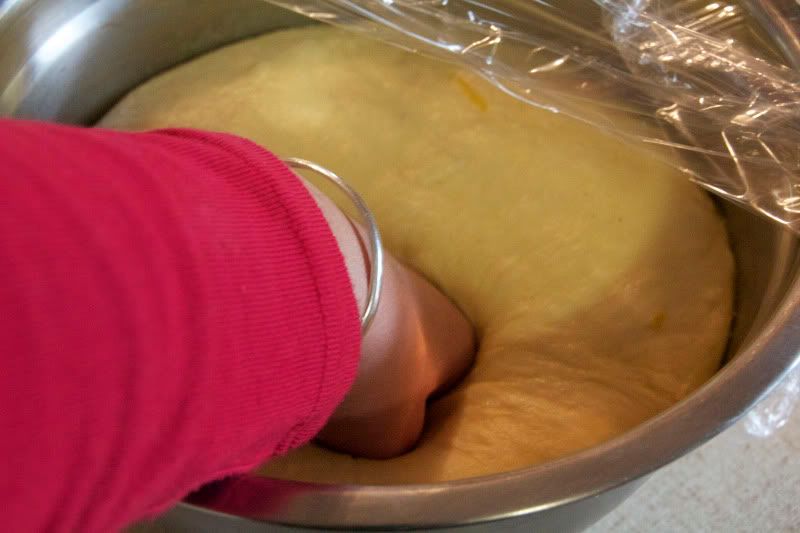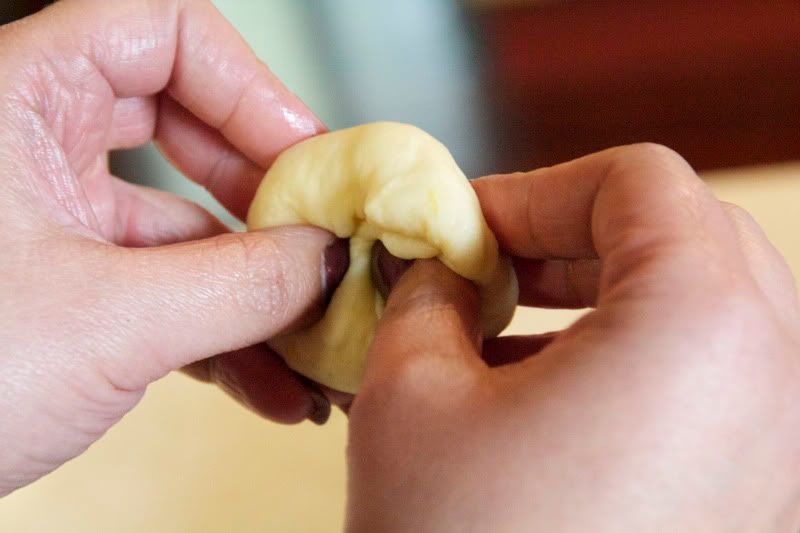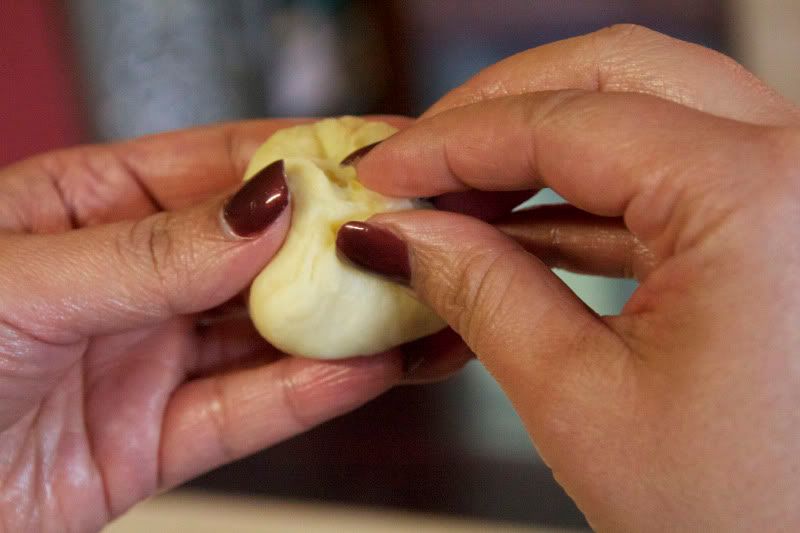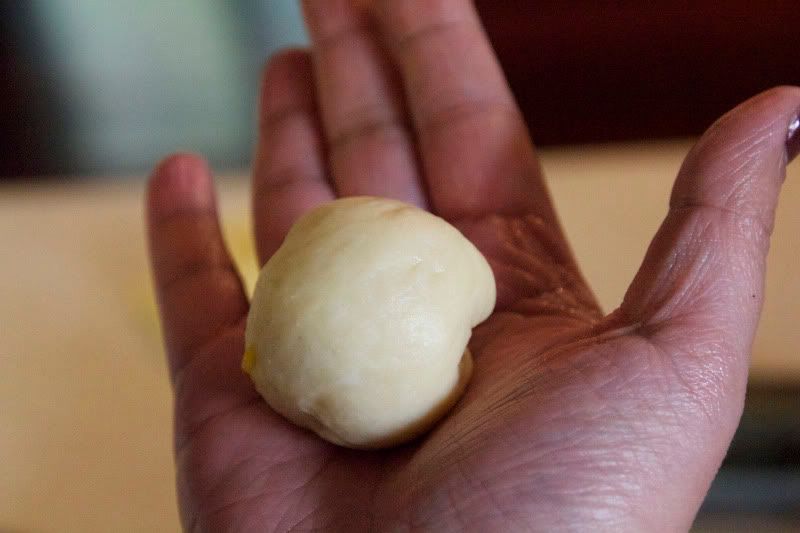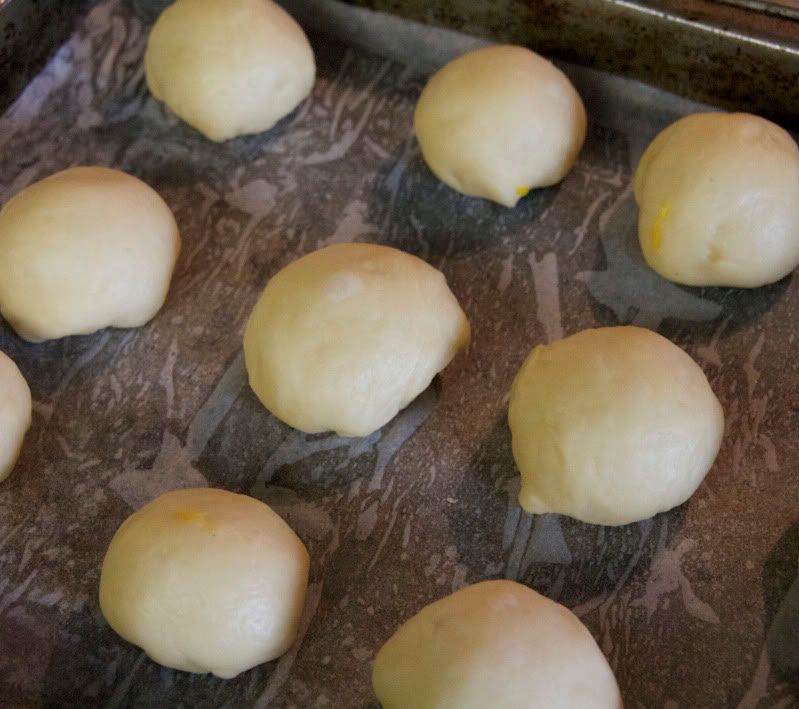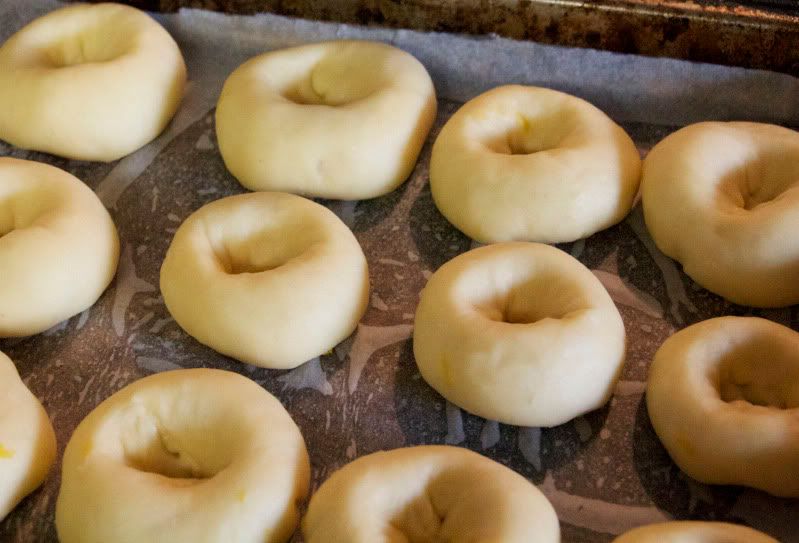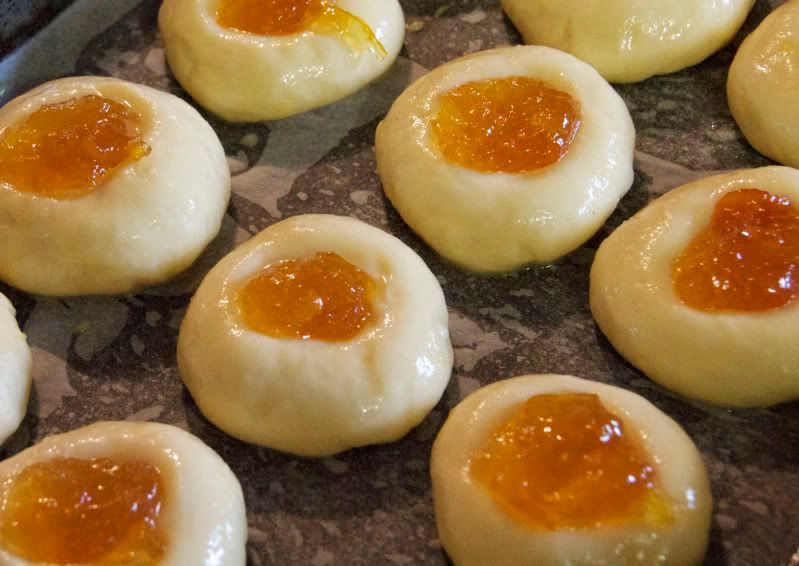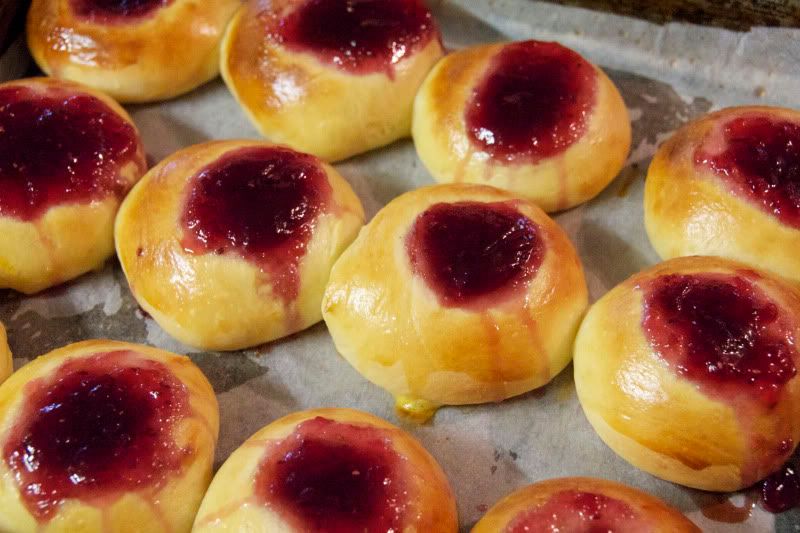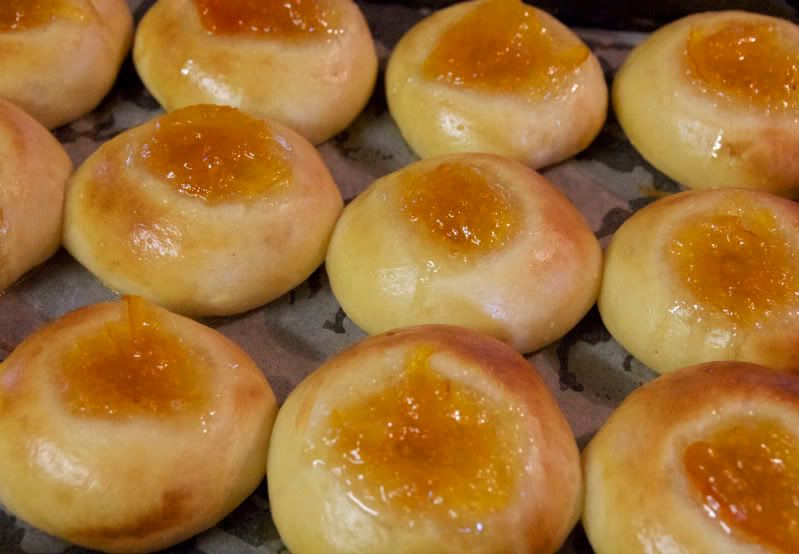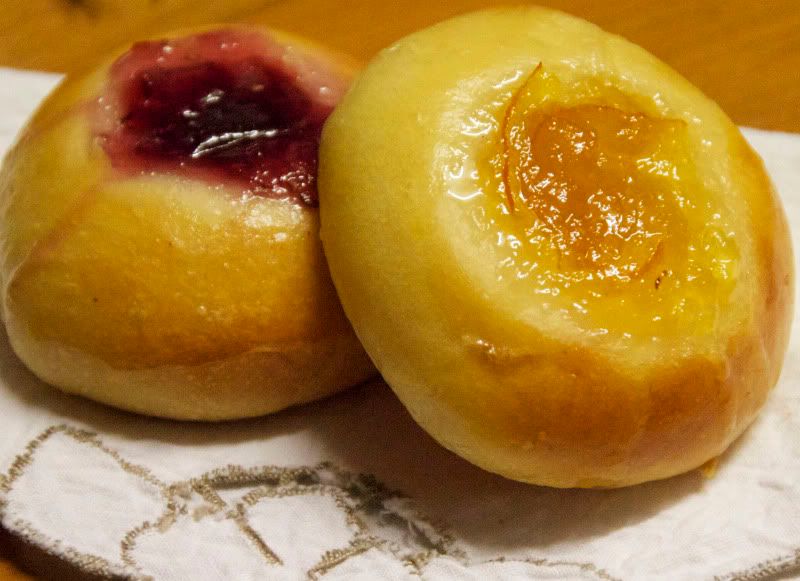This is my 50th post in this bit o’fun I call Yumbo
McGillicutty! – my quiet and unassuming little food blog. Fifty posts may not be much by other
über-blogger standards, but it’s got me thinking about when I got into the
Internet, about 16 years ago.
The Internet – even though it was far more advanced and
bore little resemblance to the “first”, government- and nerd-populated Internet
others knew through the ‘70s and 80s – was quite a different place then than it
is now. It was rough-and-ready, and
looking back, quaint. And it opened up
the world for me.
In those days, I was isolated and lonely, raising
children on acreage and holding the fort through some happy but hard days,
unable to really count on a husband who worked unspeakably long and impossible
hours. Perhaps to my detriment – I dread
to think how many hours could have been spent doing something constructive
instead of “research” that steals hours in the blink of an eye – I turned to
the Internet to draw closer to everything and everyone who was far away, and to
amass and absorb information in a way that not even a mad reader such as me had
been able to before. It was
awesome.
One of the most awesome things was access to
recipes. Recipes for anything, courtesy
of your favourite search engine! Delivered
to your Inbox via e-mail! Recipes
everywhere! But they weren’t like you
might see them today: set up to food
stylist standards with photography to match.
They were just… recipes. Recipes
that were sometimes backed up with lovely words that made you want to cook that
thing, right now, but more often recipes by people whose judgement and taste
you’d learnt to trust by virtue of their presence in a particular forum or
noticeboard, where Experience and Knowledge was a beacon.
Look at me.
Getting nostalgic over the Old Internet.
But there were people who taught me so much and have been proven by time
to be unforgettable. “Limey Rik”, a
teetotaller who compulsively made vats of wine from whatever he foraged each
year: dandelions, brambleberries. Marie from Countrylife, whose knowledge of
bread baking was encyclopaedic. And Raz,
whose grammar and spelling were woeful but whose every home-style recipe was
guaranteed to make the people you cook for forget that things such as grammar –
or even language! - “Mmm… mmm!...” – exist.
It was Raz who first posted a recipe for something called
Spanish Bar Cake. I’d never had it
before, but she posted my favourite part of a recipe besides the eating: the anthropological context. She said it was a standard in A&P grocery
stores in the U.S. Here in Australia,
I’d never been to an A&P store, much less had the cake, but even though the
cake seemed nothing special to me, I trusted Raz, and I was intrigued that
enough people rhapsodised about it, were nostalgic about it, and wanted to
reproduce it at home. So I made it, and
understood why they did: it isn’t a cake
for sissies. It is Serious Cake. Very sweet, very spicy cake. Dense cake.
Happy-to-be-home cake. Not for
dessert, but for chowing down.
Raz said, “Eat it, drink milk. Makes a complete dessert meal. Protein, fat, carbohydrate, pleasure.”
Yes, I wrote that down.
Now, it’s history. When Raz first
posted the recipe, it was one of just two or three recipes for Spanish Bar Cake
on the Internet. Since then, it’s been
reproduced countless times in many websites, and the name of its original
contributor has been lost to the virtual sands of time. Or whatever.
But I remember. I
may be reproducing the recipe yet again, but I’m returning credit where credit
is due. I don’t know who Raz is, or was,
but she shared something with me that has been part of my life now for 16
years, and part of my kids’ lives, and who knows? Maybe my kids’ kids and theirs. None of us in the U.S., none of us giving a
damn about no A&P. Just the cake.
A slice for you, Raz, and a nice cuppa herbal tea
(although I did have a piece with a glass of milk for breakfast a few days
ago), and a slice for everyone at the birth of this super information hyper
highway who took the time to share a special recipe, and the reason it was
special. Because of you, the food
blogosphere would not be where it is today.
RAZ’S SPANISH BAR CAKE
This is Raz’s original recipe, almost as exactly written
back in the day. Raz didn’t include milk
in the original recipe, but you may need it due to the variables in homemade
applesauce: if it’s too thick, you’ll
need milk, if it’s more liquid, you won’t.
Remember, however, that this is a dense cake with a dense batter, so add
just enough milk to slacken it, not liquify it.
Ingredients:
2 1/2 cups Plain flour
1 tsp. bicarb soda (baking soda)
1 tsp. baking powder
1/2 tsp. salt
2 tsp. cinnamon
1/4 tsp. ginger
1/2 tsp. nutmeg, freshly grated for preference
3/4 cup butter
1 1/2 cups sugar
2 large eggs, beaten
Milk, as needed
1 tsp. vanilla essence
1 cup chunky applesauce, homemade is best
1 cup plump raisins
1/2 cup roughly-chopped walnuts (opt.)
For the icing -
250g. cream cheese
4 tsp. butter
2 1/4 cups icing sugar
1 tsp. lemon juice
What you do:
1. Grease and flour rectangular cake pan, or brush with Baker's Secret. Preheat oven to 175oC.
2. Sift dry ingredients together, set aside.
3. In mixer on high speed, cream butter and sugar
together. Add eggs. Blend well, then turn to low speed, and add
vanilla and applesauce. Add raisins, and
dry ingredients. Mix with a wooden spoon
only until dry ingredients are moistened, then stop. If necessary, add a little milk to slacken
mixture slightly.
4. Turn mixture into pan, and bake for about 45 min., or
until cooked when tested. Leave to cool
in pan, and cover with icing, making squiggle patterns with a fork.
* To make icing,
beat all ingredients together well.
 |
| Yumbo McGillicutty! |




















